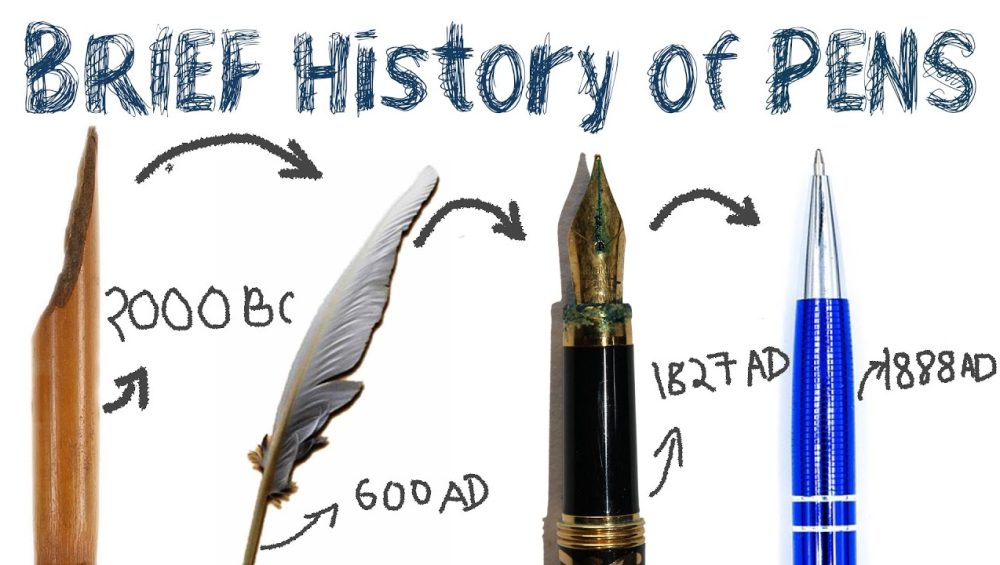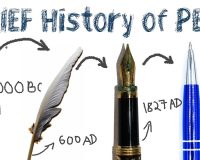Fountain pens have long been cherished for their elegance, smooth writing experience, and enduring appeal. While many people today rely on ballpoint pens or digital technology for their writing needs, fountain pens continue to hold a special place in the hearts of enthusiasts and collectors. In this blog post, we will explore the fascinating history and evolution of fountain pens, tracing their journey from ancient writing instruments to the modern marvels we know today.
- The Beginnings: Early Writing Instruments
The concept of a pen with its own ink reservoir dates back to ancient civilizations. The ancient Egyptians used reed pens with split tips, while the Romans used metal styluses with ink reservoirs. However, these early writing instruments were often messy and inefficient.
- The Birth of the Modern Fountain Pen
The fountain pen as we know it began to take shape in the early 19th century. John Jacob Parker, an American inventor, patented the first self-filling fountain pen in 1827. However, his design was prone to leaks and didn’t gain widespread popularity.
- The Golden Age of Fountain Pens
The late 19th and early 20th centuries marked the golden age of fountain pens. In 1884, American inventor John Jacob Parker patented the “Lucky Curve” feed, which greatly improved ink flow and reduced the risk of leaks. This innovation paved the way for the creation of iconic fountain pen brands like Waterman, Parker, and Sheaffer.
In 1900, László Bíró, a Hungarian-Argentine inventor, introduced the first ballpoint pen with a free-rolling ball bearing in the tip. The invention of the ballpoint pen marked the beginning of a new era in writing instruments, as they became more affordable and accessible to the masses.
- The Resurgence of Fountain Pens
Despite the widespread adoption of ballpoint pens and digital technology, fountain pens have experienced a resurgence in popularity in recent years. Modern fountain pen designs have evolved to incorporate innovative features such as interchangeable nibs, piston filling systems, and advanced ink flow technology. This has led to a renewed interest in fountain pens as a symbol of luxury, craftsmanship, and personal expression.
- Fountain Pens Today: A Blend of Tradition and Innovation
Today’s fountain pens are a testament to the perfect marriage of tradition and innovation. Many contemporary fountain pen brands, such as Montblanc, Pelikan, and Lamy, continue to produce high-quality pens that pay homage to the classic designs of the past while incorporating modern advancements in materials and engineering.
Fountain pens are now available in a wide range of styles, materials, and price points, catering to a diverse audience of enthusiasts, collectors, and casual users. From affordable starter pens to exquisite limited-edition masterpieces, there is a fountain pen for every taste and budget.
The history and evolution of fountain pens is a fascinating journey that reflects the changing needs and preferences of writers across the centuries. Despite facing competition from newer writing technologies, fountain pens have endured and adapted, proving that there will always be a place for these elegant writing instruments in the modern world. Whether you’re a seasoned collector or a curious newcomer, the timeless charm and unparalleled writing experience of a fountain pen are sure to captivate and inspire.







